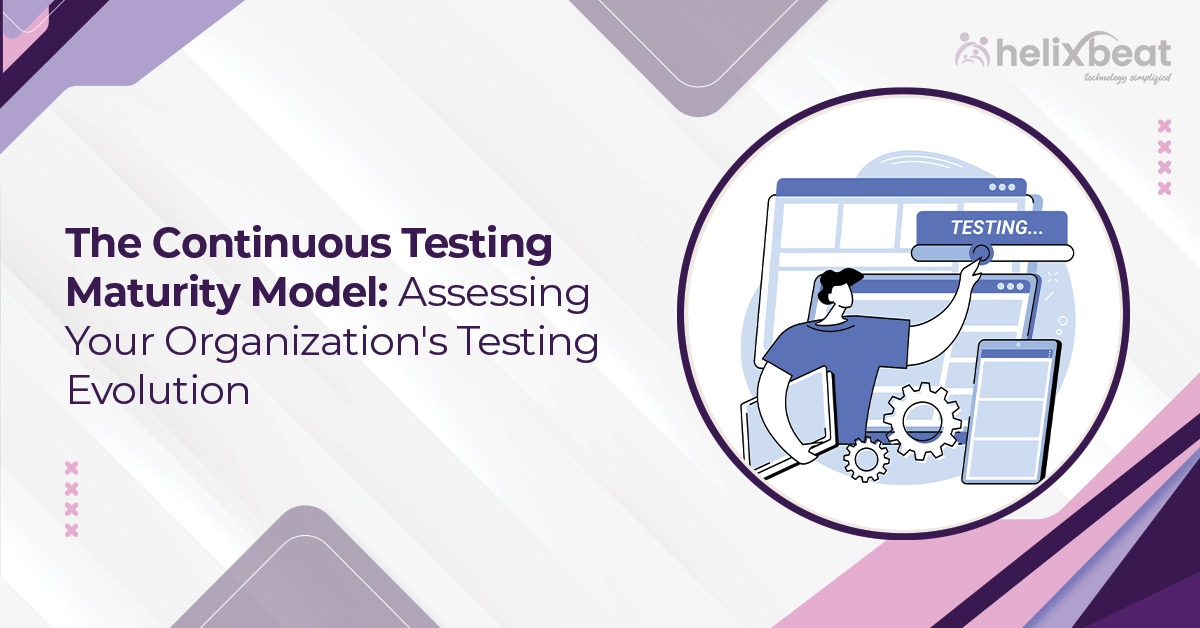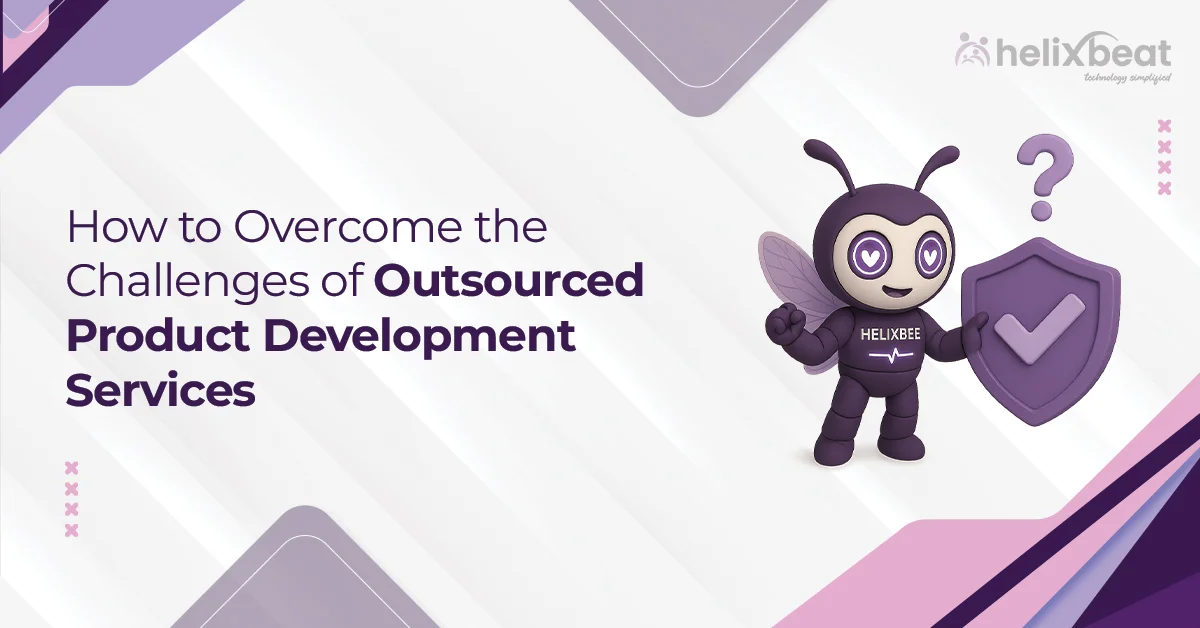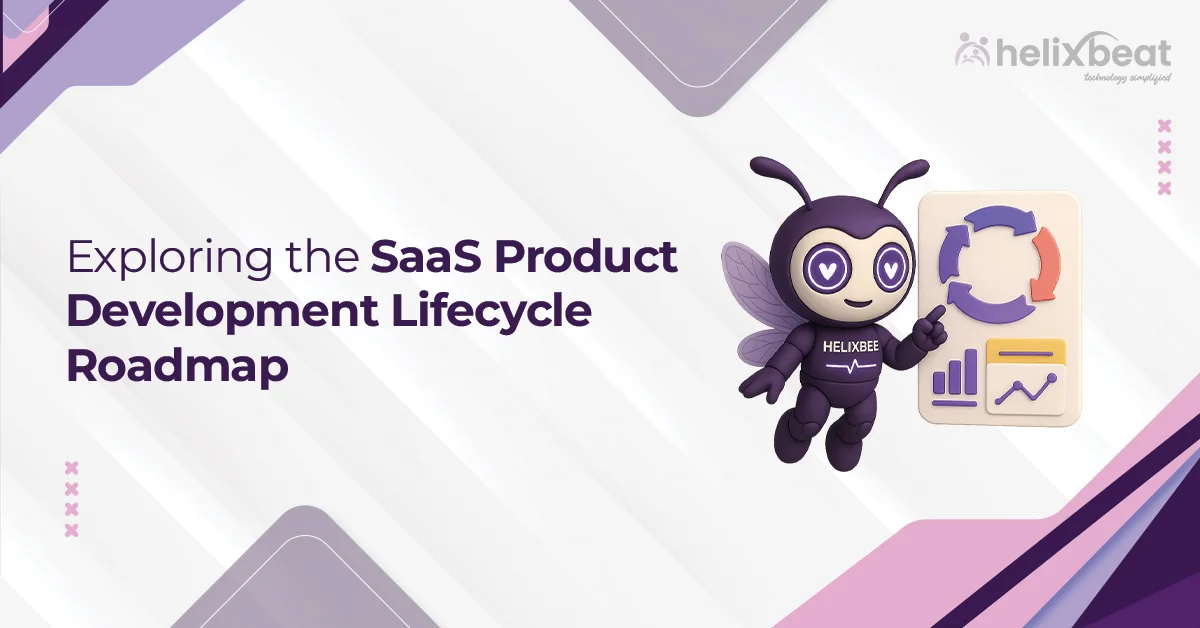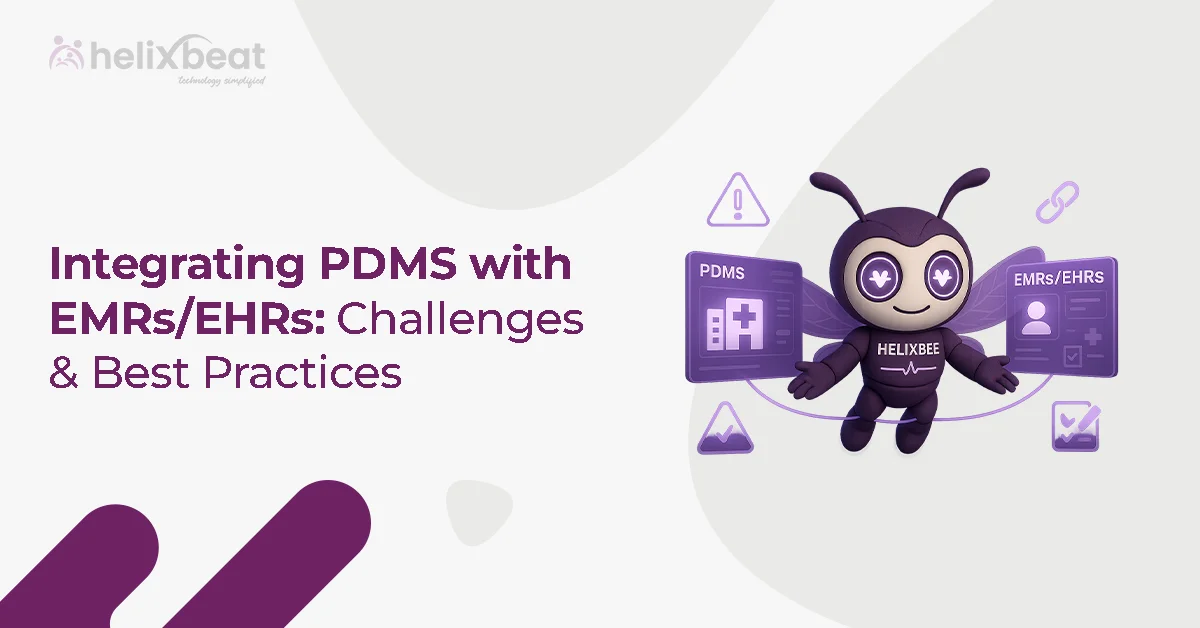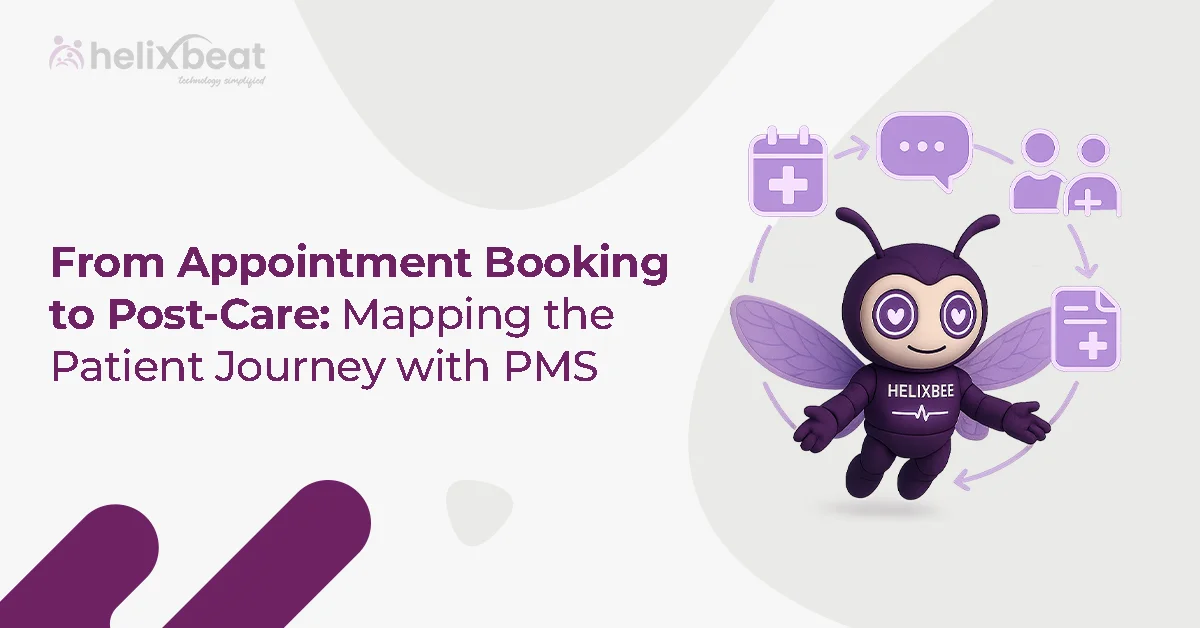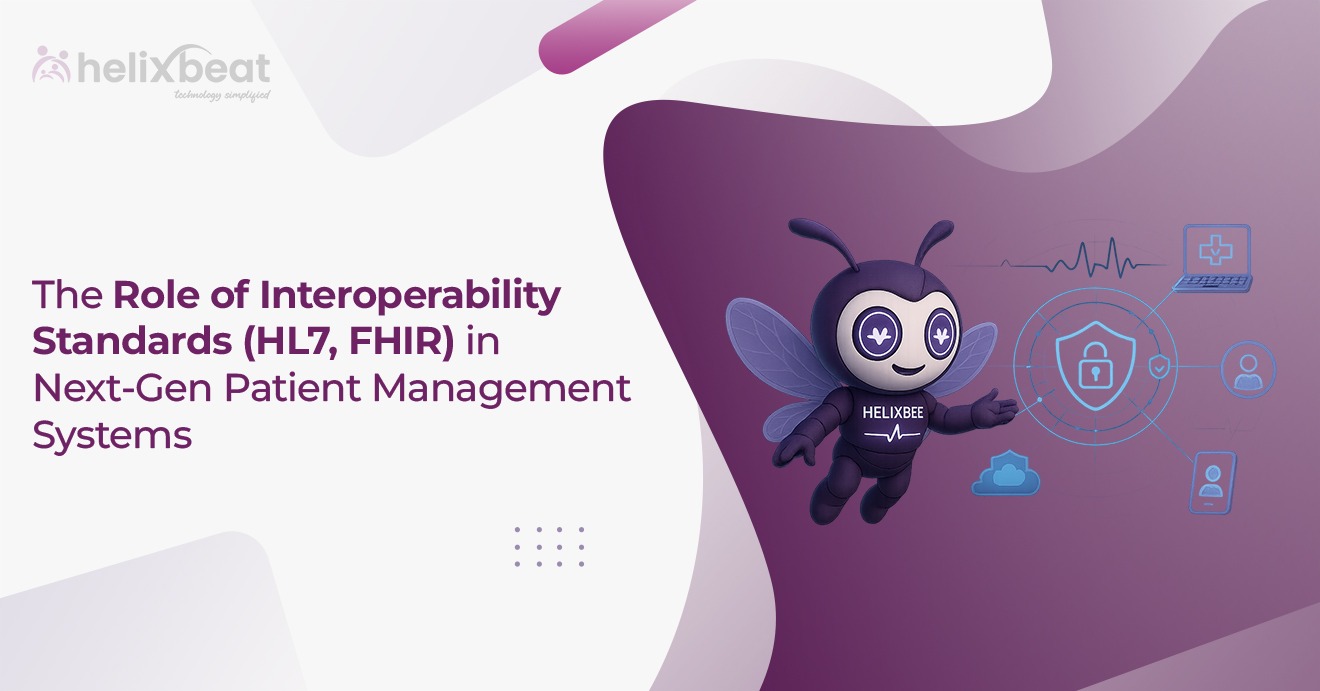Nowadays, industries like e-commerce, healthcare, fintech, and SaaS face major business problems due to software glitches. A small bug or delayed release can lead to unhappy customers and lost market opportunities. That’s why many companies now rely on continuous testing—a method that helps teams test software quickly and regularly throughout development.
But just having automated tests isn’t enough. If testing isn’t well-planned, reliable, or connected to business goals, it can slow teams down instead of helping them move faster. This is where the Continuous Testing Maturity Model helps.
It shows you how mature your current testing process is and what you can do to improve it. Let’s see each stage of maturity, the value of continuous testing in DevOps, and how the right tools and services can help your business build better software.

Table of Contents
What is Continuous Testing?
Continuous testing is a software testing approach where tests are run automatically at every stage of the development lifecycle, from code commit to production. Instead of waiting until the end of development to test everything, continuous testing checks the quality of the software early and often. This helps teams find bugs quickly, reduce risks, and deliver reliable software faster.
It works closely with DevOps and CI/CD pipelines, allowing developers to get real-time feedback on their code. By using automation, testing tools, and integrated workflows, continuous testing helps businesses https://hb.parthsoni.in/rom-code-to-launch-the-continuous-testing-revolution/maintain speed without compromising on quality.
Why is the Continuous Testing Maturity Model Important?
1. Bridges the Gap Between Testing Activity and Business Impact
Most organizations automate test cases without aligning them to business priorities. The Continuous Testing Maturity Model helps teams move from test execution to outcome-driven testing.
It evaluates how well your testing efforts reduce business risk—whether that’s faster time-to-market, improved customer experience, or fewer production incidents. This model shifts the focus from “Are we testing enough?” to “Are we testing the right things at the right time?”
2. Highlights Bottlenecks in Your DevOps Lifecycle
A common misconception is that slow delivery is a development issue. In reality, it’s often due to inefficient or fragmented testing.
The maturity model uncovers where your current testing process breaks down, including manual approvals, poor test coverage, and slow feedback loops, and offers a roadmap to remove these blockers. This leads to tighter CI/CD integration and faster, more predictable releases.
3. Guide Investment in the Right Testing Tools and Practices
Not every organization needs the same tools or frameworks. By assessing your maturity level, the model helps you choose the right continuous testing tools based on actual gaps, be it test automation frameworks, service virtualization, environment orchestration, or analytics.
This prevents overengineering and enables smarter use of resources and continuous testing services tailored to your growth stage.
4. Builds a Scalable, Future-Ready Testing Culture
The model fosters long-term quality engineering maturity by encouraging cultural and process changes. As teams move up the model, they adopt practices like shift-left testing, real-time risk analysis, and quality ownership across functions.
This supports scalability, allowing organizations to handle complex architectures, frequent deployments, and growing user expectations without compromising reliability.
Why the Continuous Testing Maturity Model is Important
The Continuous Testing Maturity Model is important because it helps teams understand how advanced and effective their testing practices really are. Without a clear view of where you stand, it’s easy to assume your testing is working when in reality, it might be slowing you down or missing critical bugs.
Here are four key reasons why this model matters:
Identifies Gaps in Your Process
It highlights weak areas in your testing workflow—like poor test coverage, lack of automation, or slow feedback loops. This allows teams to prioritize fixes and remove hidden blockers that affect release quality.
Guides Better Tool and Service Adoption
It helps you choose the right continuous testing tools and services based on your maturity level, not guesswork. Instead of over-investing or under-utilizing tools, you can build a stack that fits your actual needs.
Aligns Testing with Business Goals
Mature testing links directly to outcomes like faster releases, fewer bugs in production, and higher customer satisfaction. It helps stakeholders see testing not as a delay, but as a driver of business value.
Supports DevOps Success
Continuous testing is a core part of DevOps. A maturity model helps you scale testing to match your CI/CD speed. This leads to better collaboration between dev, QA, and ops, making releases smoother and safer.
4 Stages of Continuous Testing Maturity
Understanding where your organization stands in its testing journey is the first step to improving it. The Continuous Testing Maturity Model breaks this down into four distinct stages, each showing how testing evolves from being reactive to becoming fully optimized.
1. Ad Hoc Stage – Testing is Manual and Unstructured
- At this stage, testing is often done manually and late in the development cycle, typically after coding is complete.
- There’s no clear process, test coverage is low, and bugs are usually caught at the last minute. Test environments may be unstable or inconsistent, and feedback is slow.
- This leads to delays, quality issues, and blame-shifting between dev and QA. Teams here rely on gut feeling, not metrics.
2. Defined Stage – Some Automation, But Limited Integration
- Organizations in this stage have started using test automation, but it’s often siloed or not integrated into the CI/CD pipeline.
- Only a few types of tests (like unit or regression) are automated, and results may not be trusted due to flaky test cases or poor maintenance. Test data and environments are still managed manually, which slows things down.
- There’s awareness of the need for continuous testing, but execution is inconsistent.
3. Measured Stage – Testing Is Embedded Across the Pipeline
- Here, testing is fully integrated into the DevOps lifecycle. Tests are triggered automatically with every code commit or build. Teams have reliable test suites that include unit, API, integration, UI, and performance tests.
- They also track metrics like code coverage, defect leakage, and test stability. Test data management is automated, and environments are reproducible.
- Teams use dashboards to make real-time decisions based on testing insights. This stage significantly reduces release risk.
4. Optimized Stage – Intelligent, Risk-Based Continuous Testing
- At this highest level of maturity, testing is not just continuous—it’s intelligent and business-driven. The focus shifts from test quantity to test quality and coverage of high-risk areas.
- Teams use AI/ML for test prioritization, flakiness detection, and self-healing scripts. Test insights are directly tied to business metrics like customer satisfaction or uptime.
- Testing is seen as a strategic advantage, helping the business move fast without sacrificing quality. Release decisions are data-backed and low-risk.
5 Key Ways to Assess Your Continuous Testing Maturity
Automation Integration
Check if tests run automatically with every code change and are embedded into your CI/CD pipeline. Mature teams trigger tests at every stage—from code commit to deployment without manual intervention.
Test Coverage
Measure how much of your application is covered by automated tests, including unit, integration, and UI levels. Low coverage often leads to undetected bugs and a higher risk during releases.
Quality Metrics Tracking
Monitor key indicators such as defect escape rate, test flakiness, and time to feedback after each build. These metrics help you understand whether your testing is catching issues early and consistently.
Test Environment Readiness
Evaluate whether your test environments are stable, consistent, and easily reproducible across teams. Unreliable environments can lead to inconsistent test results and wasted debugging time.
Business Alignment
Assess if your testing strategy supports business goals like faster releases, lower risk, and improved customer satisfaction. Testing should be seen as a value driver, not a bottleneck, in your software delivery process.
How Continuous Testing Services Can Grow Maturity
Continuous testing services can help organizations move quickly from basic to advanced testing practices. With expert support, you can reduce setup time and improve test quality across the pipeline. Here’s how continuous testing services help accelerate maturity:
End-to-End Integration with CI/CD Pipelines
Service providers help seamlessly integrate testing into your development workflows, ensuring every code change is validated early and often.
Access to Expert-Led Frameworks and Tools
They provide pre-built test automation frameworks, advanced continuous testing tools, and strategies that reduce setup time and avoid common pitfalls.
Ongoing Optimization and Analytics
These services don’t stop at test execution; they continuously refine test coverage, identify bottlenecks, and align testing outcomes with business goals.
Final Thoughts
Continuous testing plays a key role in helping teams release better software, faster. The Continuous Testing Maturity Model gives you a clear way to see where your testing stands and what you need to improve. Whether you’re just starting out or looking to make your testing smarter and more efficient, understanding your maturity level helps you take the right steps forward.
To speed up this process, working with experts can really help. Helixbeat’s Continuous Testing Services support teams by setting up testing within CI/CD pipelines, improving test coverage, and making sure testing goals match business needs.
With the right tools and guidance, Helixbeat helps you move from basic testing to a fully mature, continuous testing setup. Book a free consultation with Helixbeat now.
FAQ:
1. How to achieve continuous testing?
Set up automated tests across your development lifecycle and integrate them with your CI/CD pipeline. Focus on quick feedback, stable environments, and tracking key quality metrics.
2. What are continuous testing tools in DevOps?
These are tools like JUnit, Selenium, Postman, and JMeter that automate tests within CI/CD workflows. They help verify code at every stage to catch issues early.
3. What is an example of continuous testing in software testing?
When a developer pushes code, a CI tool like Jenkins runs automated tests immediately. If tests pass, the code proceeds; if not, it’s flagged for fixes.
4. Why is continuous testing important for DevOps professionals?
It helps deliver faster, safer releases by detecting bugs early, reducing manual effort, and supporting continuous delivery goals.
5. What is frequent testing?
Frequent testing means running tests regularly during development to catch issues early. It’s a core part of continuous testing.



